What is Hardscaping? | An Expert Guide from Impact Landscapes
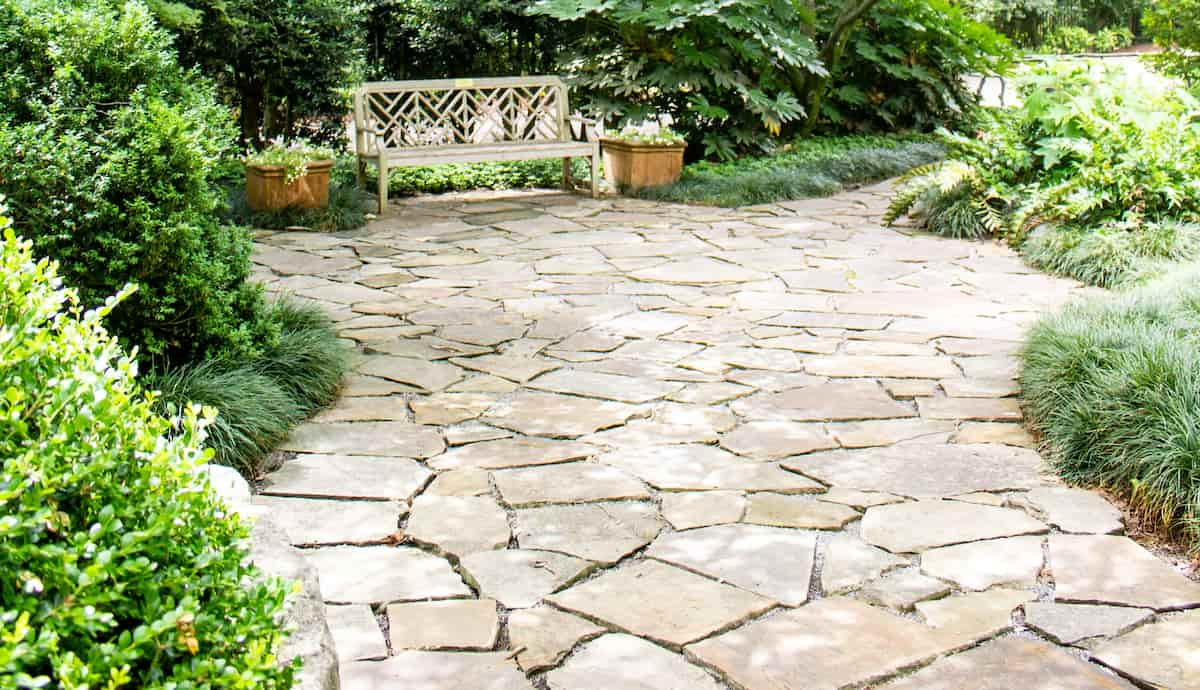
One of the most common questions we hear from people that aren’t familiar with landscaping is: “What is hardscaping?” So we wanted to take a few minutes to explain what it is, as well as answer some frequently asked questions related to hardscapes.
Before we get started, if you’re located in the New Jersey or Pennsylvania area and find yourself in need of professional hardscaping, contact us today!
Now, let’s get into hardscaping.
What is Hardscaping? The Technical Definition
Hardscaping is a landscaping term that refers to all of the elements in your landscape that aren’t living. Stone, brick, concrete, and wooden elements (whether they’re fences, retaining walls, pavers, etc.) are all considered hardscaping. They’re solid and consistent, even though they may be movable in some instances. Gazebos, water features, and gravel also fall under this category.
Hardscapes are usually contrasted with another major element of landscaping, Softscapes. Softscapes refer to the living elements in your landscape. Together, they create a beautiful mix of colors and textures that give your yard “curb appeal.”
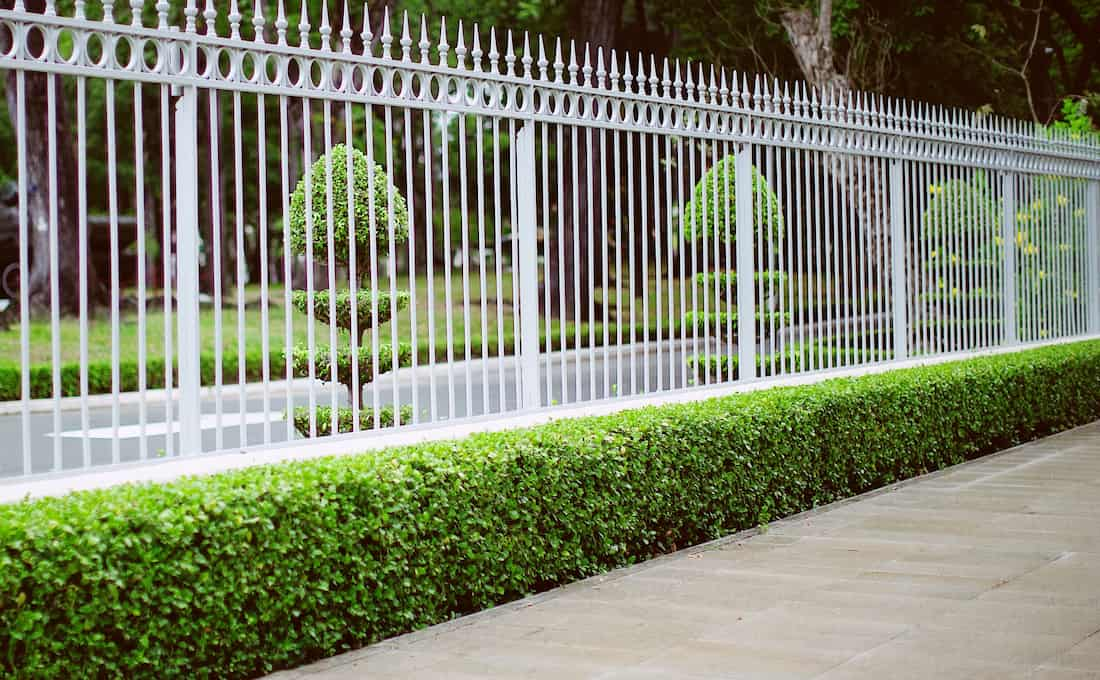
Types of Hardscape
These are some popular examples that you’ve probably seen thousands of times in your life:
- Pavers – Used to build walkways or patios. Some common types are natural stone, concrete, brick, concrete, flagstone, and fieldstone.
- Gravel walkways – These are “softer” than most examples of hardscaping, but they still fall under this category.
- Arbors – Often used for entries to paths or gardens and nearly always made out of wood. You’ll frequently see these with flowering vines growing on them.
- Retaining walls – Rigid walls that support soil behind them. They’re often made out of concrete or stone.
- Pergolas – Similar to arbors, but they’re usually larger and sturdier. They also tend to act as living spaces, with furniture underneath.
- Metal fencing – Traditionally used for separating areas while maintaining high visibility.
- Decks and patios – Outdoor living spaces. Decks are typically made of wood, while patios usually utilize concrete or pavers.
- Gazebos – Freestanding, open structures generally placed in spacious garden areas.
- Bird baths – Hotspots for local songbirds. They’re often made out of concrete, but you’ll also find them made out of glazed terra cotta clay or glass.
- Stones – Large stones can simply be placed strategically in your garden as accents. They’re also popular choices for edging.
- Ponds – Great for adding interest to your yard-space and creating a natural feel.
- Picket fencing – Decorative fencing that is usually about waist-high. Good for keeping young kids and dogs in a yard.
- Edging – Edging creates clean lines in your landscape. It’s also effective for preventing plants from spreading out of your garden beds. They can be stone, concrete, and even plastic.
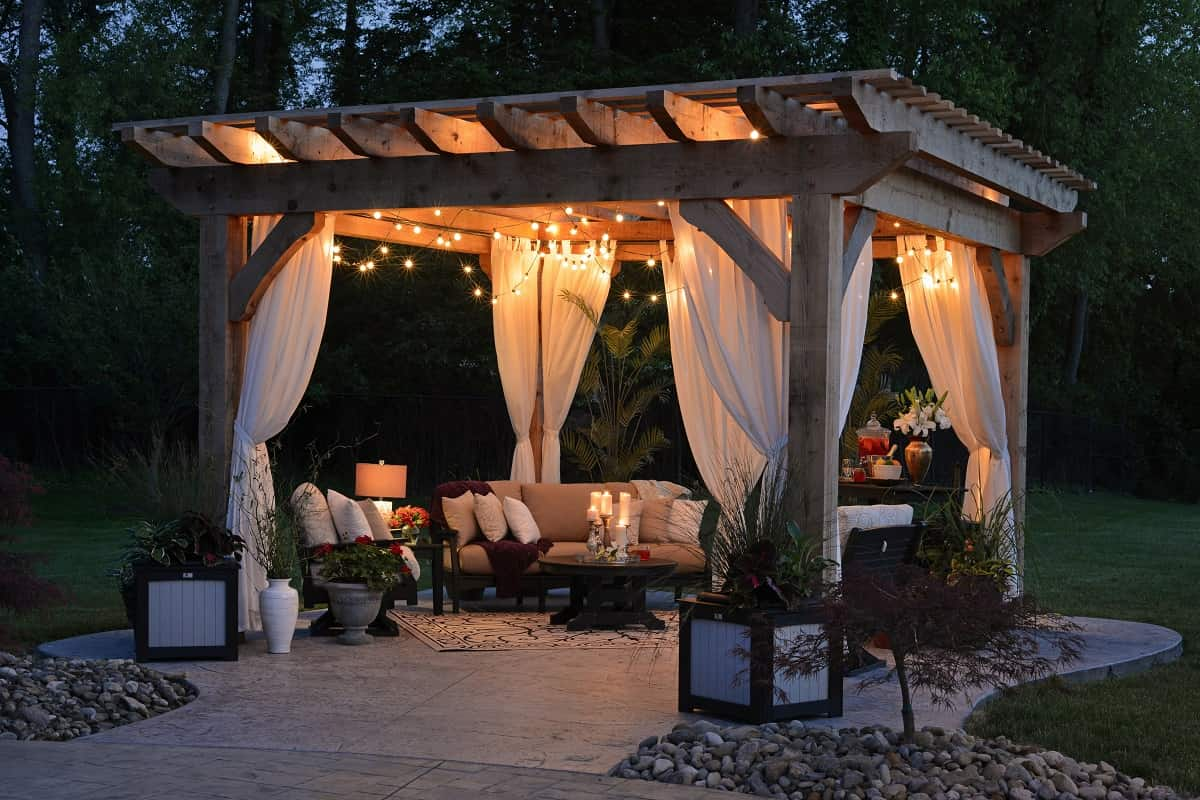
Installation
Installation varies considerably by the project. It’s easy enough to place a bird bath in your garden, but laying pavers for a patio is time-consuming and physically taxing. Therefore, hardscaping projects can be a headache for non-professionals to implement. Additionally, sometimes manual labor is enough, and sometimes you’ll need special equipment, which will need to be purchased or rented and then operated.
Local climate can play a factor in difficulty as well. If your area experiences a considerable amount of rain, you may find that your work isn’t in the same shape that you left it in. For this reason, it’s a good idea to try and schedule your hardscape projects during the times of the year when rain is less likely in your area.
Due to the likely difficulties, it’s a good idea to put your hardscape project in the hands of professionals who have the skills and know-how to get it done quickly and correctly.
What is the Difference Between Hardscaping and Landscaping?
There is no difference between hardscaping and landscaping, fundamentally. It’s just a subcategory of landscaping. Think of it like: not all frogs are toads, but all toads are frogs. Not all landscaping is hardscaping, but all hardscaping is landscaping.
Hard elements are a fundamental part of planning out a great landscaping project.
What is the Difference Between Hardscaping and Softscaping?
Hardscaping and softscaping are two of the primary aspects of landscaping. While hardscaping is the fixed non-living elements in a landscape, softscaping is the “soft” living elements. Shrubs, perennials, annuals, succulents, grasses, trees, canes, vines, any type of living horticultural element counts as softscaping.
Softscape elements are easier to change than hardscape elements. It’s much simpler to pull out an Azalea than remove a stone walkway. However, plants tend to require more maintenance. They need to be fertilized, trimmed, and watered regularly throughout the year. Meanwhile, pavers or a retaining wall mainly just need to be power-washed occasionally.
Hardscapes and softscapes aren’t conflicting concepts. Instead, they work together to create a dynamic and beautiful landscape.
How Much Value Does Hardscaping Add?
Increasing your curb appeal can have a notable effect on your home’s value. In some cases, it can add up to 20% to your home’s value!
The American Society of Landscape Architects even recommends that it’s a good idea to invest roughly 10 percent of your home’s value in landscaping. Pools, walkways, ponds, fencing, decks, gazebos – all can add value to your home.
But what will maximize your return on investment? This is an important question that you need to ask and a quality landscaper will know how to answer this question. We help our customers maximize the value of their landscaping investments every day, so reach out to us if you have questions. We’ll get back with you as soon as possible.
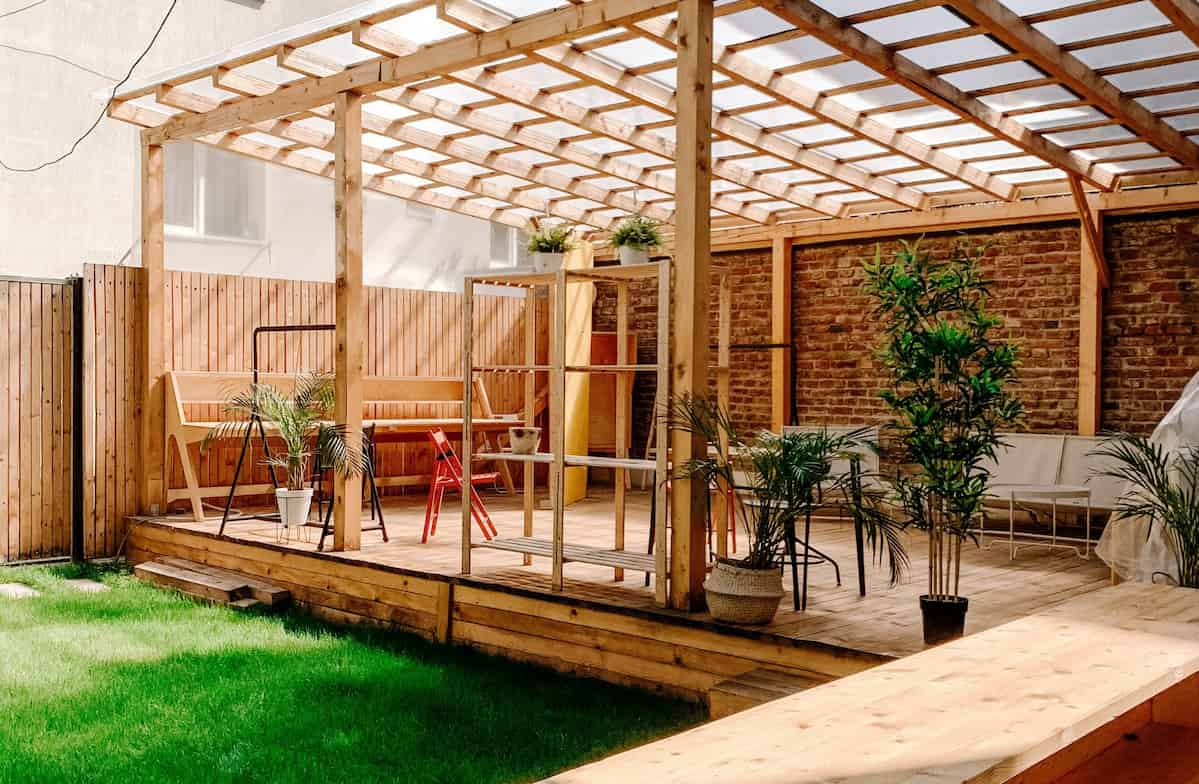
Cost Estimates
The cost of hardscaping will vary widely depending on what you’re looking to add to your home.
- Walkways: $10 to $50/sq foot. This will depend on the material used. Is it concrete, finished concrete, stone pavers, wood, etc.
- Retaining walls: $50 to $150/sq foot. Material options vary considerably in price. Plus, is there any foundational work that needs to be done? Does the site need to be cleared first? These are all things that will add to your final cost.
- Decks: $40 to $120/sq foot. Wood types will play a large factor in the pricing of your deck. Also, due to lumber shortages, these prices can be much higher. You’ll also need to factor in your site. If there’s a steep slope, more engineering is required and you can expect your cost to go up.
- Pools: $25,000 to $100,000. There’s a huge amount of variability involved when adding in an in-ground pool. The size, type, and shape of the pool and additional features will make your costs go up. Keep in mind, though, that adding a pool is one of the most notable ways to add value to your home.
- Arbors and Pergolas: $1000 to $10,0000. Arbors are usually on the low-end of this scale at $1000 to $3000 on average. Pergolas will generally run you at least a few thousand dollars, with extensive ones capable of reaching that $10,000 mark.
At Impact Landscapes, we keep our installation fees fair and competitive. If you’re in the New Jersey and Pennsylvania area, reach out to us for a custom quote for hardscape installation.
What is the Cheapest Hardscape Material?
Traditionally, concrete or loose gravel/stone are the cheapest materials to use for hardscaping. However, this will vary depending on the project. Finished concrete is also more expensive than unfinished, so consider what you want your final result to look like.
Technically, you could include plastic edging as a hardscape material and, as you might imagine, it is extremely inexpensive.
Wrapping Up: What is Hardscaping?
So, now you should know the answer to the question, “What is hardscaping?” as well as answers to some other common questions. It’s a simple concept, but mastering it takes years of dedication.
Understanding and implementing phenomenal landscaping projects isn’t easy. It’s hard work to plan and install, but the results are worth it. If you have any additional questions or want to set up a consultation, contact us today. We’ll help you get your landscape where you want it to be.

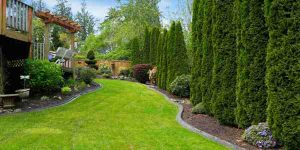
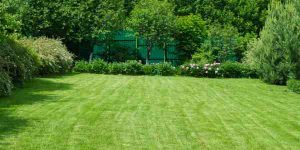
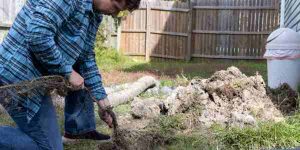
0 Comments